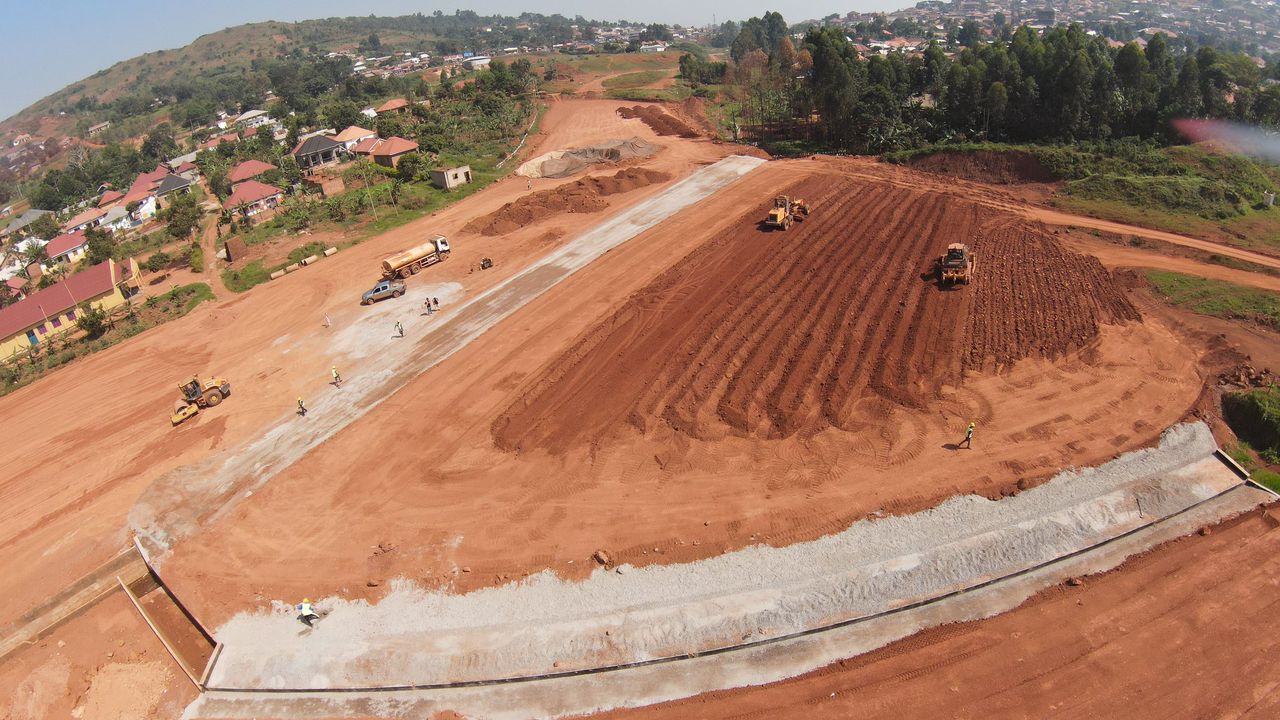
5 Signs Your Concrete Structure Needs Maintenance
Concrete is known for its durability and strength, making it the material of choice for many infrastructure projects. However, like any building material, concrete is not immune to wear and tear over time. Regular maintenance is essential to ensure the safety, functionality, and longevity of your concrete structures. Here are five key signs that your concrete structure may need maintenance:
1. Visible Cracks
Cracks are one of the most common indicators that your concrete structure may need attention. They can occur for several reasons, including age, weather changes, or structural stress.
Hairline Cracks: Often cosmetic, but if left untreated, they can grow larger and allow moisture penetration.
Deep or Wide Cracks: These may indicate structural issues and require immediate attention to prevent further damage.
Causes to Watch For: Settlement, shrinkage, or exposure to heavy loads.
2. Spalling or Flaking
Spalling refers to the chipping or flaking of the concrete surface. It often occurs when the material is exposed to freeze-thaw cycles or when the steel reinforcement inside begins to corrode.
Appearance: Patches of missing surface material, often exposing underlying aggregates.
Impact: Weakens the structure's surface, making it more susceptible to further damage.
Prevention: Proper sealing and maintenance can help protect against spalling.
3. Water Damage or Moisture Stains
Water can be a significant threat to concrete structures if not adequately managed. Signs of water damage include discoloration, stains, or damp patches on the surface.
Pooling Water: Indicates poor drainage, which can lead to cracks and weakening of the concrete.
Efflorescence: A white, powdery substance on the surface caused by water carrying salts to the surface.
Long-term Issues: Prolonged water exposure can erode the concrete and corrode reinforcing steel.
4. Uneven Surfaces or Settling
Concrete should maintain a level and stable surface. Unevenness or sinking can signal underlying issues such as soil erosion or structural instability.
Sinking or Settling: May occur in foundations, driveways, or pavements due to soil movement or improper compaction during construction.
Trip Hazards: Uneven surfaces can pose safety risks, especially in high-traffic areas.
Repair Methods: Techniques like slab jacking or soil stabilization can address settling issues.
5. Rust Stains or Corrosion
Rust stains on concrete are often a sign of corroding steel reinforcement, which can compromise the structural integrity of the material.
Causes: Exposure to water, salt, or moisture can accelerate the corrosion process in reinforced concrete.
Appearance: Orange or reddish-brown stains on the surface, often near cracks or joints.
Long-term Impact: Corrosion can weaken the bond between the steel and concrete, leading to structural failure.
Why Maintenance Matters
Ignoring these warning signs can lead to more significant issues, including costly repairs or even structural failure. Regular inspections and timely maintenance ensure the safety, functionality, and appearance of your concrete structures.
Maintenance Tips
Seal Regularly: Apply a concrete sealant to protect against water, chemicals, and weather.
Clean Properly: Remove debris, dirt, and stains to prevent surface damage.
Inspect Annually: Schedule professional inspections to catch problems early.
Repair Promptly: Address cracks, spalling, or settling before they worsen.
Use Quality Materials: For repairs or replacements, invest in high-quality concrete and reinforcements.
Conclusion
Concrete structures are built to last, but regular maintenance is essential to preserve their strength and functionality. By keeping an eye out for these five signs of wear and tear, you can ensure that your concrete investments remain safe, durable, and aesthetically pleasing for years to come.


Comments
No comments yet. Be the first to comment!